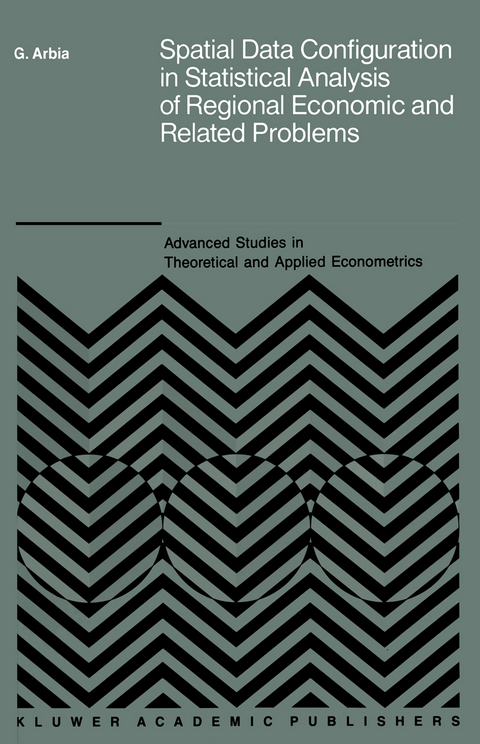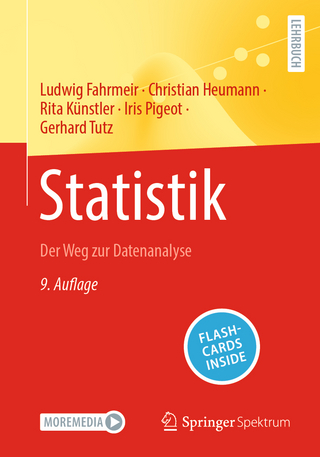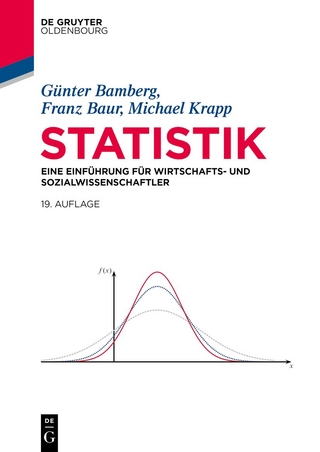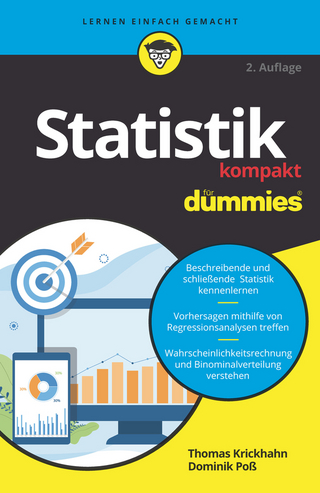
Spatial Data Configuration in Statistical Analysis of Regional Economic and Related Problems
Springer (Verlag)
978-0-7923-0284-1 (ISBN)
Figure 1. 1. Map of Great Britain at two different scale levels. (a) Counties, (b)Regions. '-. " Figure 1. 2. Two alternative aggregations of the Italian provincie in 32 larger areas 4 CHAPTER 1 d . , b) Figure 1. 3 Percentage of votes of the Communist Party in the 1987 Italian political elections (a) and percentage of population over 75 years (b) in 1981 Italian Census in 32 polling districts. The polling districts with values above the average are shaded. Figure 1. 4: First order neighbours (a) and second order neighbours (b) of a reference area. INTRODUCTION 5 While there are several other problems relating to the analysis of areal data, the problem of estimating a spatial correlO!J'am merits special attention. The concept of the correlogram has been borrowed in the spatial literature from the time series analysis. Figure l. 4. a shows the first-order neighbours of a reference area, while Figure 1. 4. b displays the second-order neighbours of the same area. Higher-order neighbours can be defined in a similar fashion. While it is clear that the dependence is strongest between immediate neighbouring areas a certain degree of dependence may be present among higher-order neighbours. This has been shown to be an alternative way of look ing at the sca le problem (Cliff and Ord, 1981, p. l 23). However, unlike the case of a time series where each observation depends only on past observations, here dependence extends in all directions.
1. Introduction: spatial effects and the role of configuration of data.- 1.1 Objectives and approaches.- 1.2 An overview of theoretical problems.- 1.3 A sketch of the methodology.- 1.4 An outline of the book.- 1.5 Omitted topics.- 2. Theoretical Problems Motivation.- 2.1 Introduction.- 2.2 The modifiable areal unit problem.- 2.3 The ecological fallacy problem.- 2.4 Problems in the estimation of the spatial correlogram.- 2.5 Summary and conclusion.- 3. The Configuration of Spatial Data in Regional Economics.- 3.1 Introduction.- 3.2 The nature of spatial data in regional economic analysis.- 3.3 Describing the configuration of irregular collecting areas.- 3.4 Conclusion.- Appendix 3.1 FORTRAN program to generate connectivity matrices with a considerably smaller matrix as an input.- Appendix 3.2 FORTRAN program to generate grouping matrices with a considerably smaller matrix as an input.- 4. Stochastic Spatial Processes.- 4.1 Stationary stochastic processes in two dimensions.- 4.2 Linear transformations of random processes.- 4.3 Inference on spatial stochastic processes.- 4.4 Summary and conclusion.- 5. Univariate Problems: The Modifiable Areal Unit Problem.- 5.1 Introduction.- 5.2 The scale problem : regular case.- 5.3 The scale problem : irregular case.- 5.4 The aggregation problem.- 5.5 Summary and conclusion.- Appendix 5.1 FORTRAN program for the recursive estimation of variance and covariance.- Appendix 5.2 FORTRAN program for the generation of pseudo-random regular zoning systems.- 6. Biyariate Problems: The Modifiable Areal Unit Problem and Correlation between Processes.- 6.1 Introduction.- 6.2 Scale and correlation between processes.- 6.3 Aggregation and correlation between processes.- 6.4 Summary and conclusion.- 7. Biyariate Problems: The Ecological Fallacy.- 7.1Introduction.- 7.2 The ecological fallacy problem.- 7.3 Summary and conclusion.- Appendix 7.1: FORTRAN program for the generation of observations from a multivariate process with a very large variance-covariance matrix.- 8. The Dampening Effect of Spatial Correlograms.- 8.1 Introduction.- 8.2 The dampening effect.- 8.3 Simulation study.- 8.4 Summary and conclusion.- 9. Conclusion.- Appendices.- A.1 Population, employed and activity rates for local labour markets in Italy in 1981 Census.- A.2 Electricity consumption of Italian manufacturing industry in the first semester of 1985.- A.3 Quadrats counts of houses in Hukuno town, Tonami plain, Japan (Matui, 1932).- A.4 Weights of wheat plots of grain (Mercera Hall, 1911).- A.5 Simulation methods in two dimensions.- References.
| Reihe/Serie | Advanced Studies in Theoretical and Applied Econometrics ; 14 |
|---|---|
| Zusatzinfo | XIV, 259 p. |
| Verlagsort | Dordrecht |
| Sprache | englisch |
| Maße | 156 x 234 mm |
| Themenwelt | Mathematik / Informatik ► Mathematik ► Statistik |
| Wirtschaft ► Allgemeines / Lexika | |
| Wirtschaft ► Volkswirtschaftslehre ► Ökonometrie | |
| ISBN-10 | 0-7923-0284-2 / 0792302842 |
| ISBN-13 | 978-0-7923-0284-1 / 9780792302841 |
| Zustand | Neuware |
| Haben Sie eine Frage zum Produkt? |
aus dem Bereich


